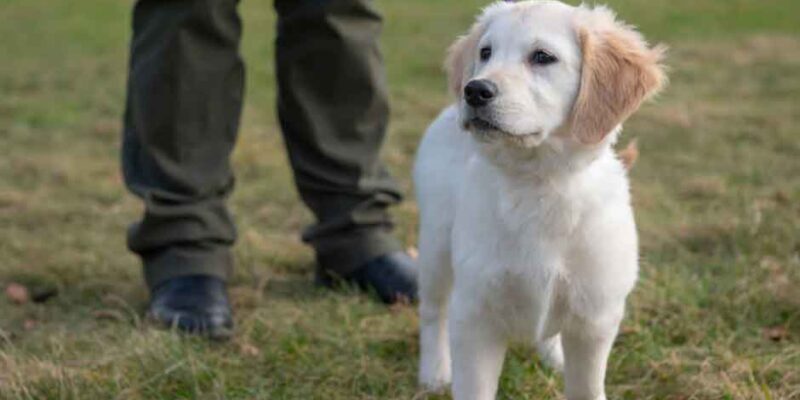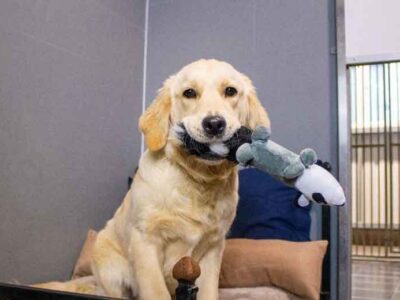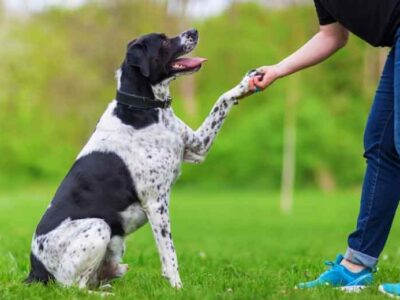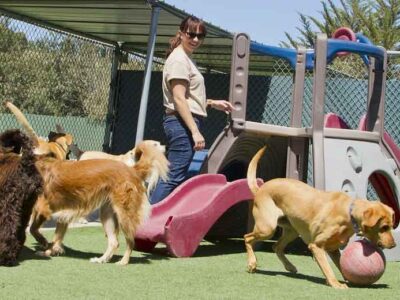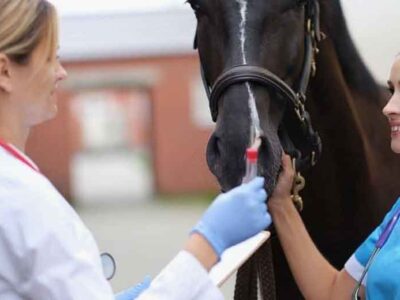Leash training a puppy is one of the most valuable steps you can take toward ensuring peaceful walks and building a strong relationship between you and your dog. Many new puppy owners look forward to strolls through the neighborhood, only to be yanked forward by an enthusiastic pup who wants to explore every scent, person, and object. Teaching your puppy not to pull on the leash isn’t about controlling them harshly—it’s about establishing communication, trust, and consistency from the very beginning. Puppies are naturally curious, and without structure, their excitement can turn into a habit of pulling that becomes harder to fix as they grow. We will explore how to start leash training early, why timing and method matter, and how to keep your walks enjoyable for both of you.
Simple Steps to Stop Pulling Before It Starts
- Start Indoors Before Going Outside
The first place to begin leash training isn’t your neighborhood sidewalk—it’s your living room. Puppies are easily distracted, and the outdoor world is a sensory overload of smells, sounds, and sights. For those seeking puppy training in Fort Myers, practicing indoors, where the environment is predictable, helps your puppy understand that walking beside you is a rewarding experience. Clip the leash onto their harness and let them get used to the feel of it without pressure.
Begin walking slowly around the room and reward your puppy with treats or praise every time they stay close to your side. These short, focused sessions build the foundation of leash awareness. Once your pup consistently walks beside you indoors, gradually transition to the backyard or a quieter outdoor area. This step-by-step exposure keeps them from associating the leash with chaos and instead links it to calm attention. By training in this way, you gently guide their natural energy into focused learning.
- Reward Calm Behavior and Consistent Positioning
The key to stopping pulling is rewarding the behavior you want, not punishing what you don’t. Puppies pull because they think they’ll get where they want faster. When pulling works, even once, it reinforces the behavior. Instead, make it clear that walking beside you gets them where they want to go. Use treats, praise, or a favorite toy to reward your puppy whenever they stay in the “sweet spot” next to your leg. Consistency is everything. If they surge ahead, stop walking and wait for them to come back to you.
Once they do, reward and continue. Over time, they’ll learn that pulling gets them nowhere, while staying close keeps things moving. Positive reinforcement builds confidence and teaches your puppy that good things come from being near you. By making your pace and position part of the reward system, you teach your pup that walking together is a team effort.
- Practice Direction Changes to Encourage Focus
Young puppies often lose focus quickly, especially in new environments. One effective way to keep their attention is by frequently changing direction during your training walks. Instead of walking in a straight line, turn suddenly to the left or right. Your puppy will need to pay close attention to your movements to keep up. This approach not only discourages pulling but also strengthens your puppy’s ability to stay engaged with you. When you change direction, use a cheerful voice and give them a treat when they follow you promptly.
These direction changes keep walks fun and unpredictable in a good way. They also help your puppy understand that leash walks aren’t just about moving forward—they’re about moving with you. Over time, this habit of watching you and responding quickly will replace their tendency to dart ahead. Building responsiveness through direction shifts is a simple but powerful way to shape leash manners.
- Use the Right Equipment Without Relying on It
While no tool can replace patient training, using the right equipment can make the process smoother. A front-clip harness is a helpful choice for puppies because it discourages pulling by redirecting their motion toward you when they lunge forward. Unlike collars, which can put pressure on a puppy’s delicate throat, a well-fitted harness distributes force evenly and allows better control. However, it’s important not to rely solely on gear to solve behavioral issues. Even the most effective equipment will fail if it’s used without consistent training.
Think of the harness as a support, not a solution. Combine it with rewards, direction changes, and practice, and you’ll help your puppy learn the behavior behind the equipment. Also, avoid retractable leashes, which encourage constant tension and give your puppy too much freedom too soon. The goal is to foster mindful walking, not a tug-of-war. Equipment can guide your training, but your interactions shape your puppy’s habits.
Teaching your puppy not to pull on the leash is more than a training goal—it’s a chance to build a meaningful connection based on communication, patience, and trust. Starting early with indoor practice, positive reinforcement, and the right pacing allows your puppy to develop good habits from the very beginning. With consistent rewards, direction changes, and calm leadership, you help your pup understand what’s expected and why it matters. Leash training shouldn’t feel like a battle—it should feel like learning to move together.
As you invest time in these early steps, you lay the foundation for years of stress-free walks, mutual respect, and shared adventures. Remember that each puppy learns at their own pace, and the journey is just as valuable as the result. With love and consistency, pulling won’t be a problem—it’ll be just another milestone you conquered together.
